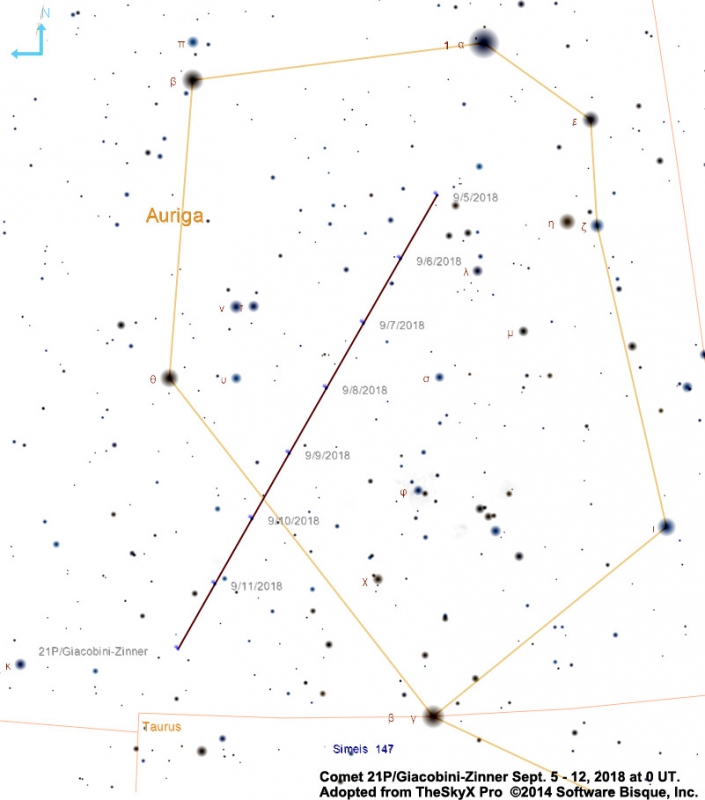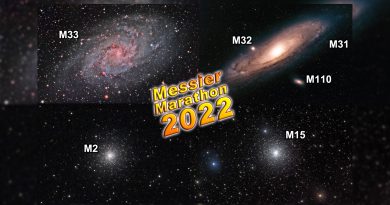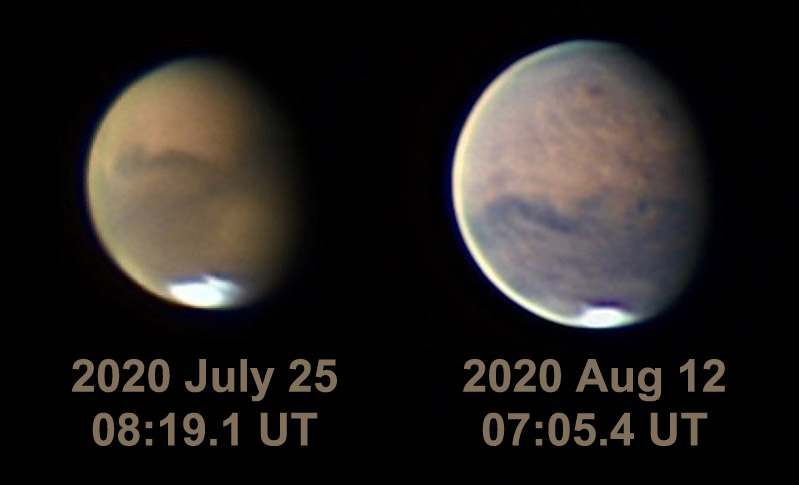This Week: Neptune Opposition 2018 and Comet 21P!

With the moon a waning crescent, it is a good time to pick out some faint objects in the sky.
On Friday, September 7th, Neptune rises opposite the sun and is closest to earth. Being in the sky all-night, and at it’s brightest, presents a good opportunity to sight this rarely-seen telescopic planet. Unlike the naked eye planets, you’ll have to crank-up the power to make sure you’ve really found it. Even at 100x it just looks like a magnitude 7.8 star. So don’t expect to see a Voyager 2 quality image through your eyepiece.

The field containing Neptune is on a line between Phi-Aquarii (mag. 4.2) and Lambda-Aquarii (mag. 3.7). At opposition, the planet will be less than a degree north of 83-Aquarii (mag. 5.5). Use these three stars marked in the chart above to initially frame your field and then refer to the stars with labeled magnitudes to pick out the planet.

With the Nagler 3-6mm Planetary Zoom you won’t have to switch eyepieces to ferret out Neptune from the field stars. Just find the field containing the planet, center on your best suspect, and twist the black barrel to zoom in. If you hit upon it, you’ll be rewarded with the sight of a planetary disk. Depending on scope aperture, you can see the blue hue of the planet. With an 8″ or larger scope you can try for Triton (mag. 13.5) the major moon of the Neptunian system. Use the S&T Triton Tracker to help locate that.
The discovery of Neptune is a story of missed opportunity. Galileo observed Neptune in December of 1612 and there is evidenced that he noted that it changed position relative to the fixed stars. He didn’t pursue it further though. Centuries later, Cambridge Observatory director, James Challis, unknowingly spotted the planet twice, in August 1846, based on other astronomer’s predicted location of a planet that was perturbing the orbit of Uranus. But he lacked the proper sky charts to identify it as a planet. On September 23, 1846 astronomer Johann Galle (Berlin Observatory) used a location prediction by French mathematician Urbain Le Verrier to confirm Neptune’s existence.
Comet 21P/Giacobini-Zinner in the Morning Sky
Giacobini-Zinner swings through the inner solar system every 6.6-years. This week, it is making a run in the morning sky through the heart of Auriga (“The Charioteer”). It reaches perihelion (closest) with the Sun on September 10th at less than 0.4 AU from Earth. The comet is not expected to become naked-eye, instead content to glow around mag. 7 in our skies.


The comet is moving quickly and the best way to spot it is to point the scope in the general area shown in the chart above and then move the scope to “sweep up” the comet using an eyepiece that can cover a wide field. For 1¼” eyepiece holders that would be our 24-mm Panoptic or 32-mm Plössl eyepieces. For 2″ eyepieces we have many choices. Any of the longest focal lengths in the Panoptic, Plössl, Nagler, or Ethos line can do the job. You just have to avoid large exit pupils in obstructed scopes. Our Eyepiece Calculator accounts for this and is a handy tool for finding just the right eyepiece for your scope.
Initially reported by Michel Giacobini in 1900 and confirmed by Ernst Zinner upon return in 1913, the “P” in “21P” designates it as a “periodic” comet and the “21” is just the order that it was put on the periodic list comets. This growing list has about 370 entries so far.
Watch the #COMET #21P GIACOBINI-ZINNER moving fast in #Auriga constellation. #Star #astrophotography by @xipteras ?? 5x300s subs with @TeleVueOptics NP127is APO, 660mm, f/5.2, QSI683 CCD, MaximDL, Photoshop, https://t.co/rbRI9DhShD @Intercon_Space @Astroshop_de #nightsky #stars pic.twitter.com/kSZoO0vRwj
— Panagiotis Xipteras (@xipteras) September 8, 2018
Click image to see comet.
#televue 2.5x #powermate @EdwinQuail: A quick #comet #21P Giacobini-Zimmer from 6th Sep at 0315UT when it was 6 degrees south of #Capella – This is a stack of only 7 60-second subs, so a bit noisy and washed out.. SW 150×750 reflector, 2.5x TeleVue, 600DS pic.twitter.com/JpmGpRs8Zv
— Tele Vue Optics, Inc (@TeleVueOptics) September 7, 2018
- Nagler 3-6mm Planetary Zoom (mobile version)
- Tele Vue’s Eyepiece Calculator helps match your telescope to our eyepieces (mobile version).
- Have a favorite observing eyepiece that lacks power? Try our Powermate (mobile version) or economical Barlow lenses (mobile version)— to increase the focal length of your scope.





